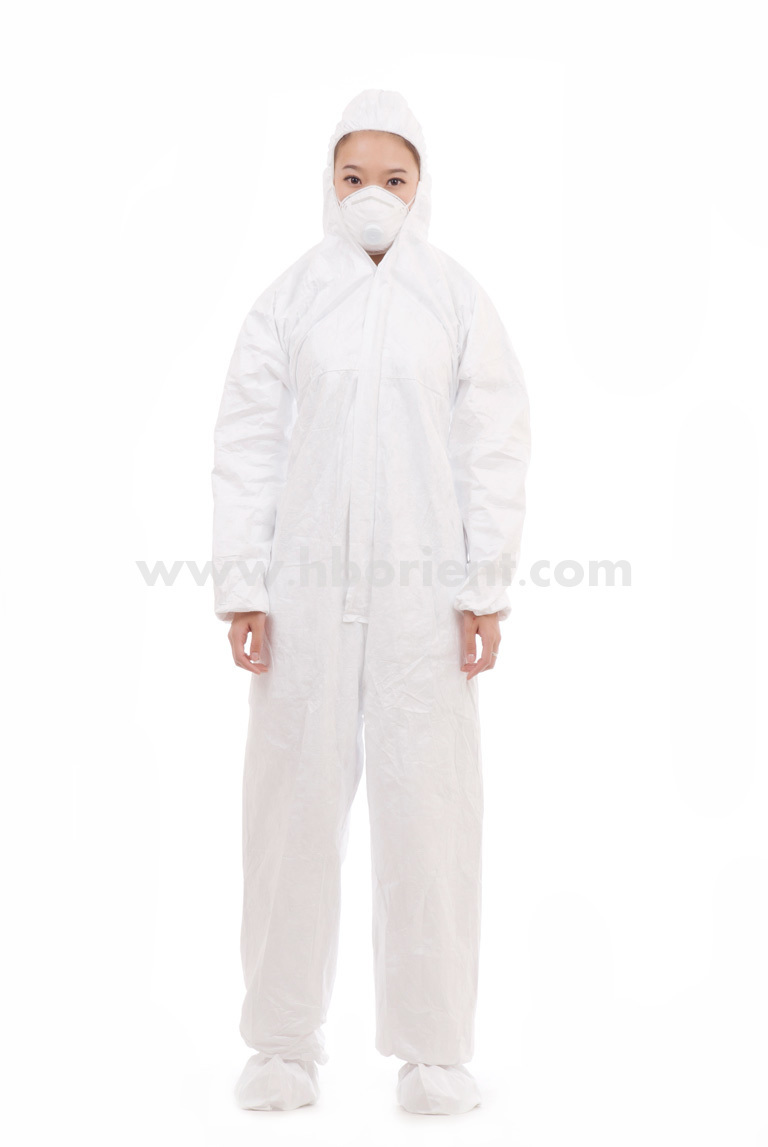Comparing 510K Level 3 Surgical Gowns to Other Types of Medical Gowns: A Comprehensive Analysis
2025-11-17
Comparing 510K Level 3 Surgical Gowns to Other Types of Medical Gowns
Table of Contents
- 1. Introduction to Medical Gowns
- 2. Importance of Medical Gowns in Healthcare
- 3. Understanding 510K Level 3 Surgical Gowns
- 4. Types of Medical Gowns and Their Classifications
- 5. Comparative Analysis of 510K Level 3 Surgical Gowns and Other Medical Gowns
- 6. Applications of Different Medical Gowns
- 7. Regulatory Guidelines and Standards for Medical Gowns
- 8. Choosing the Right Medical Gown for Your Needs
- 9. Frequently Asked Questions
- 10. Conclusion
1. Introduction to Medical Gowns
Medical gowns serve as a critical barrier in the healthcare environment, offering essential protection to healthcare professionals and patients alike. With a range of designs and levels of protection, understanding the differences among various gowns is crucial for ensuring safety and compliance in medical settings.
2. Importance of Medical Gowns in Healthcare
Medical gowns protect against the transmission of infectious agents. They play a pivotal role in infection control protocols, safeguarding both healthcare personnel and patients. The effectiveness of a gown is determined by several factors, including its material, design, and compliance with regulatory standards.
The Role of Medical Gowns in Infection Control
Infection control is paramount in hospitals and clinics. Medical gowns serve as a physical barrier that reduces the risk of contamination during procedures and patient interactions. Understanding the different levels of protection provided by various gowns is essential for healthcare settings aiming to maintain high standards of safety.
3. Understanding 510K Level 3 Surgical Gowns
510K Level 3 Surgical Gowns are classified as moderate-risk medical devices regulated by the FDA. These gowns are designed for specific uses where there is a moderate risk of exposure to blood or bodily fluids.
Key Features of 510K Level 3 Surgical Gowns
- **Fluid Resistance**: Level 3 surgical gowns provide significant resistance against fluids, making them suitable for procedures involving moderate exposure.
- **Design and Fit**: These gowns typically feature reinforced areas, adjustable ties, and elastic cuffs to ensure a secure fit.
- **Materials Used**: Made from high-quality, breathable materials, Level 3 gowns prioritize both comfort and protection.
Applications in Surgical Settings
Level 3 surgical gowns are commonly used in surgical procedures, trauma care, and other clinical environments where moderate fluid exposure is expected.
4. Types of Medical Gowns and Their Classifications
Medical gowns can be classified into several categories based on their intended use and the level of protection they provide.
Classifications of Medical Gowns
- **Isolation Gowns**: These gowns are used for patient isolation to prevent the spread of infection.
- **Surgical Gowns**: Designed for surgical procedures, they offer varying levels of protection based on their classification (Level 1 to Level 4).
- **Procedural Gowns**: Used for various medical procedures, these gowns may offer less protection than surgical gowns.
Comparing Different Gown Classes
Each class of medical gown serves a unique purpose, and understanding these differences is vital for selecting the appropriate gown for specific medical settings.
5. Comparative Analysis of 510K Level 3 Surgical Gowns and Other Medical Gowns
To effectively evaluate 510K Level 3 Surgical Gowns, we must compare them with other types of medical gowns, such as Level 1, Level 2, and Level 4 gowns.
Level 1 vs. Level 3 Surgical Gowns
Level 1 gowns offer minimal protection and are suitable for low-risk procedures. In contrast, Level 3 gowns provide a higher degree of fluid resistance, making them preferable for moderate-risk environments.
Level 2 vs. Level 3 Surgical Gowns
Level 2 gowns are suitable for procedures with low to moderate risks. While they do offer some fluid protection, Level 3 gowns are designed for cases where enhanced protection is necessary.
Level 4 Surgical Gowns
Level 4 gowns are designated for high-risk environments and provide the highest level of protection against fluid penetration. They are reinforced with advanced materials, making them suitable for major surgeries.
6. Applications of Different Medical Gowns
Understanding the applications of different medical gowns helps healthcare professionals choose the right protective wear for specific procedures.
Usage Scenarios for 510K Level 3 Surgical Gowns
Level 3 surgical gowns are ideal for use in surgical settings, trauma units, and during procedures where moderate fluid exposure is anticipated.
When to Use Other Types of Gowns
- **Isolation Gowns**: Best for preventing cross-contamination in non-surgical scenarios.
- **Level 1 and Level 2 Gowns**: Suitable for outpatient procedures and routine check-ups.
7. Regulatory Guidelines and Standards for Medical Gowns
Medical gowns must comply with strict regulatory guidelines to ensure safety and effectiveness. Understanding these regulations can aid healthcare facilities in selecting compliant gowns.
FDA Regulations and 510K Submission Process
The FDA regulates medical gowns under the 510K process, which requires manufacturers to demonstrate that their products are safe and effective.
International Standards for Medical Gowns
In addition to FDA regulations, international standards such as ISO 13485 provide guidelines for the design and manufacturing of medical gowns.
8. Choosing the Right Medical Gown for Your Needs
Selecting the appropriate medical gown is crucial for maintaining safety in healthcare settings. Consider the following factors:
Assessing Risk Levels
Evaluate the risk level associated with the procedure to determine which gown type is most appropriate. For high-risk environments, opt for Level 3 or Level 4 gowns.
Material and Comfort Considerations
Choose gowns made from breathable materials that offer comfort without compromising protection.
Compliance with Regulatory Standards
Ensure that the chosen gowns meet all relevant regulatory guidelines to guarantee safety and effectiveness in use.
9. Frequently Asked Questions
1. What is the difference between Level 3 and Level 4 surgical gowns?
Level 3 surgical gowns offer moderate protection against fluids, while Level 4 gowns provide the highest level of protection suitable for high-risk procedures.
2. Are 510K Level 3 Surgical Gowns reusable?
Most Level 3 gowns are designed for single use, but some reusable options may exist depending on the material and manufacturer guidelines.
3. How do I determine the right gown for a specific procedure?
Assess the risk level of the procedure and consult with infection control protocols to select the appropriate gown.
4. How can I ensure that the medical gowns I purchase are compliant with regulations?
Verify that the gowns have FDA approval and meet relevant standards, such as ASTM and ISO guidelines.
5. What are some common materials used in surgical gowns?
Common materials include spunbond polypropylene, SMS (spunbond meltblown spunbond), and reusable textile blends.
10. Conclusion
Choosing the right medical gown is a critical decision that impacts both healthcare providers and patients. 510K Level 3 Surgical Gowns offer essential protection for moderate-risk environments, while other types of gowns serve various purposes based on specific needs. Understanding the differences among these gowns and adhering to regulatory guidelines can enhance safety and effectiveness in healthcare settings. By making informed choices, medical facilities can ensure optimal protection for their staff and patients alike.
Latest News


Quick Navigation
Ammex-Weida(Hubei) Health and Safety Products Co.,Ltd (Chinese Version)
Contact Us
5F,BLDG No.8,SOHO Town,CBD,Huaihai Road,Jianghan District,Wuhan,Hubei,China
Copyright © Hubei Orient International Trading Corporation






